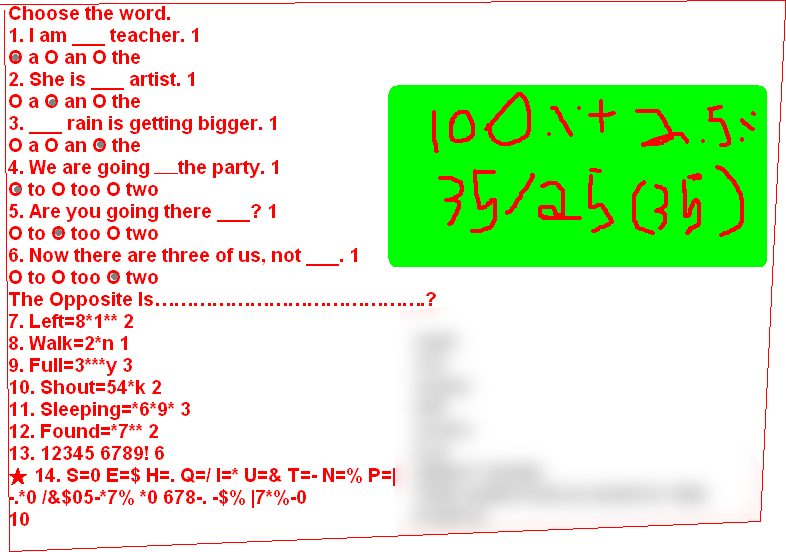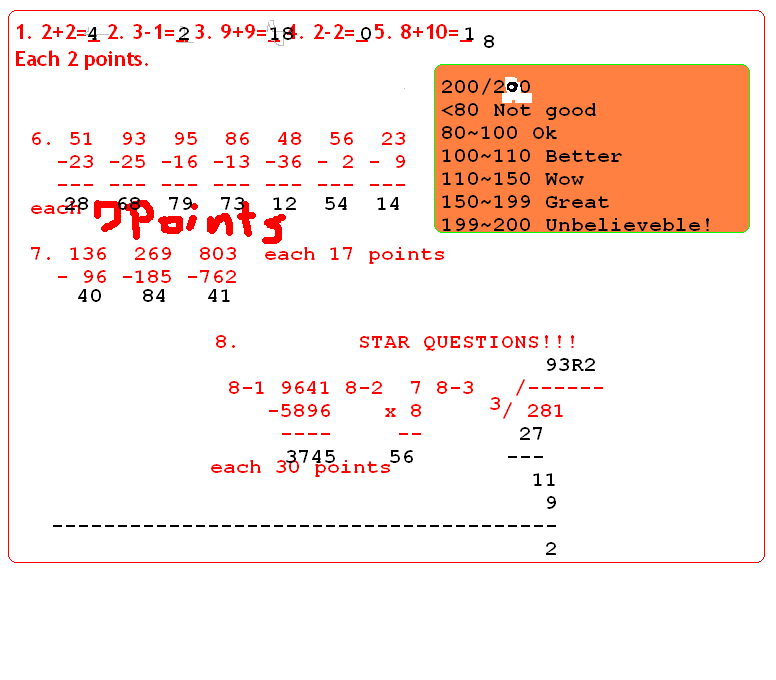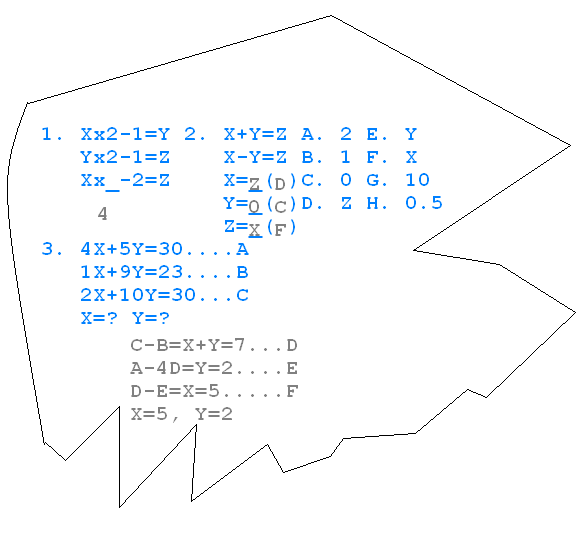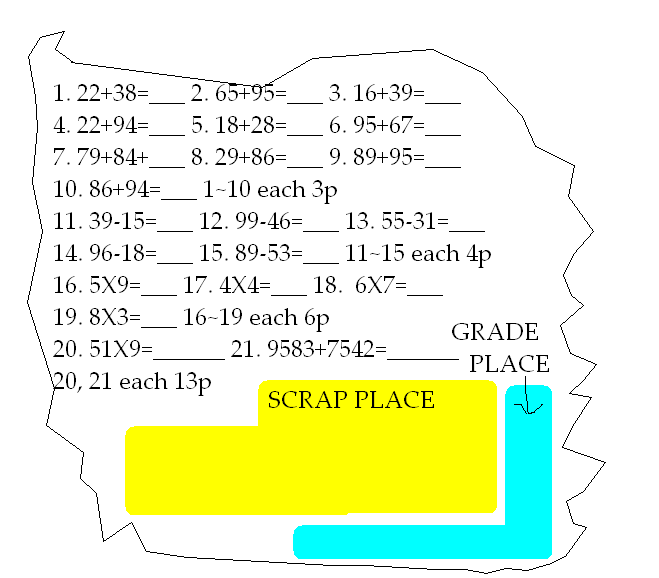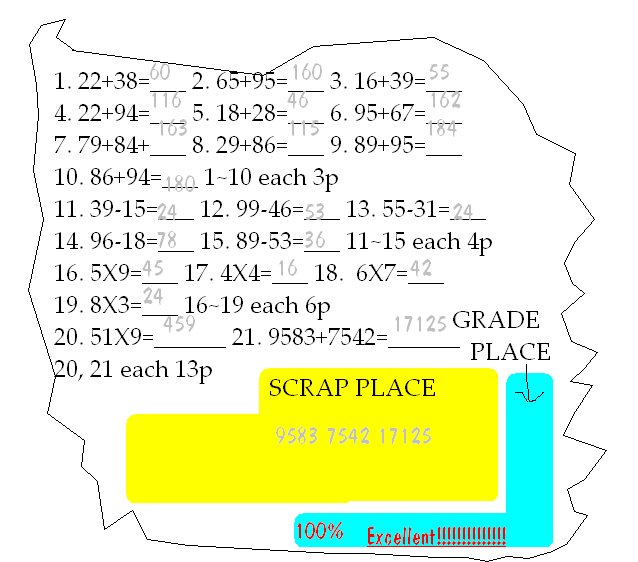(Short streak post. And for the uninformed, I’m using Spivak pronouns for this post just because.)
Generally, when people I don’t already know through math competitions ask me or my parents about something like how to teach their intelligent child to make em really good at math, or even English or whatever, I am skeptical by default because there seem to be a lot of Taiwanese parents who have alarmingly rigid and largely baseless expectations or assumptions about what their children ought to be interested in and excel at.
You can lead a horse to water, and honestly I think you could find a way to force it to drink if you really wanted to, but you can’t make it enjoy the process of being force-fed. Um. Force-watered? Force-hydrated?
You can teach your child math and English, and you could make em ace all eir tests, but you probably can’t make em enjoy the test so much that e decides to create more diabolical versions of these tests to give to eir fictional characters in eir stories for fun!
These are all actual illustrations from the old stories I mentioned in part 2.5 of “More Fiction”. Stories I wrote in 2004. As a first-grader.
This is kind of horrifying.
Okay, fine, the first one isn’t the actual “illustration”; I blurred the answers in case you want to figure them out yourself, as well as determine what the heck is going on and contemplate what sort of twisted mentality a teacher would need to have to test eir first-grade pupils with unexplained indecipherable-looking gibberish — BRIGHT RED unexplained indecipherable-looking gibberish. The originaltest6.png
is here. Apparently Michael finishes the test in the story with
literally zero screen time: the text before the illustration is,
“Humanities time! We have a test.” She passed out the paper.
and the text right after the illustration is,
Michael was so happy. He was already done. He liked the new student. Very much.
THE END
I don’t even… what?
Wait, okay, so the title of the story is called “A New Student”, so it’s ostensibly about the new student, so that part makes sense. But the new student literally does not do or say anything in the story, and nobody says he or she does anything, and there does not appear to be any reference to this new student in the remaining four stories at all either.
Actually, upon a reread, this is how we are introduced to the “new student” in the story, horrifically mismatched smart double quotes and all:
“Ok. Whatever did you call me up for?” Michael half-joked to the teacher. “Ha-ha.” retorted the teacher. “Ok. Now. AHEM. There is a new stu—“ “A NEW STUDENT?!?!?!?!?!?!?!?!?!?!?!? WHY DID’NT YOU TELL ME YESTERDAY??!!?!?!?!?!?!?!?!?!?!!??!!?!?” was Michael’s reply. “Uh—-Er—-”
So maybe there actually isn’t a new student at all and Michael is just jumping to conclusions?
Nah, I don’t think my first-grade self could develop that sort of plot complexity.
Um, this wasn’t what I intended this post to be about, but I hope you found something amusing regardless.
